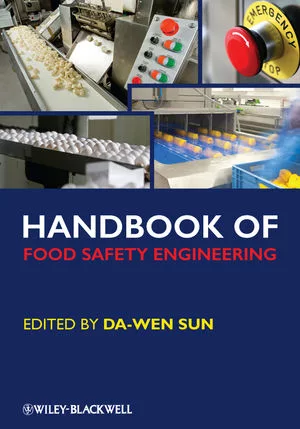UPDATE: Outbreak investigation of Cyclospora illnesses linked to imported fresh basil, July 2019

November 19, 2019
In 2019 multiple outbreaks of cyclosporiasis were identified and found to be linked to different produce items, including imported fresh basil. On November 19, 2019, CDC issued a final update for the total number of domestically-acquired cases of Cyclospora in 2019, stating that 10 percent of the 2019 cases were linked to this outbreak associated with imported fresh basil.
What is Cyclospora?
Cyclospora cayetanensis is a parasite that is so small it can only be seen under a microscope. When people eat food or drink water that’s contaminated with Cyclospora, they can get an intestinal illness called cyclosporiasis.
Cyclospora is generally transmitted when infected feces contaminate food or water. It’s unlikely to be transmitted directly from person to person because the Cyclospora parasite needs time (days to weeks) after being passed in a bowel movement to become infectious for another person.
The time between becoming infected and becoming sick is usually about one week. Cyclospora infects the small intestine (bowel) and usually causes watery diarrhea, with frequent, sometimes explosive, bowel movements. Other common symptoms include loss of appetite, weight loss, stomach cramps/pain, bloating, increased gas, nausea, and fatigue. People may also experience vomiting, body aches, headache, low-grade fever, and other flu-like symptoms. Some people who are infected with Cyclospora do not have any symptoms. If not treated, the illness may last from a few days to a month or longer. Symptoms may seem to go away and then return one or more times (relapse). It’s common to feel very tired.
People living or traveling in countries where cyclosporiasis is common, including certain tropical or subtropical regions of the world, may be at increased risk for infection. However, people living in other areas can become infected with Cyclospora by consuming food or water that has been contaminated with the parasite.
Looking for quick answers on food safety topics?
Try Ask FSM, our new smart AI search tool.
Ask FSM →






